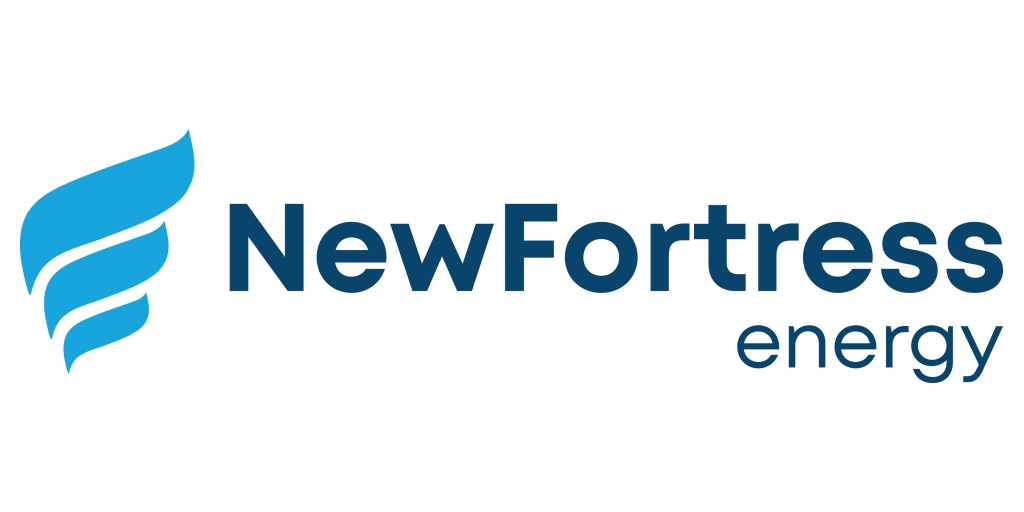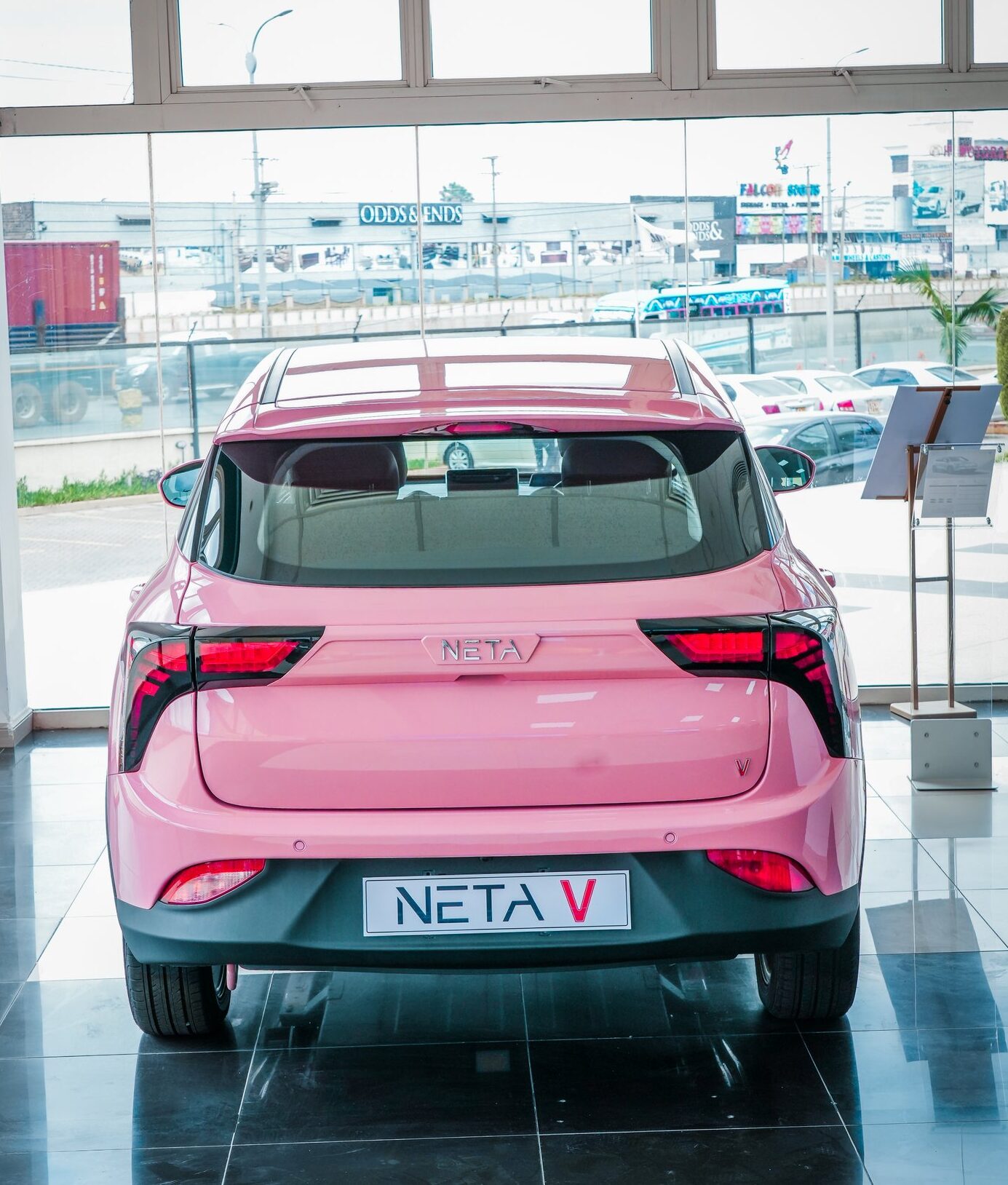Sign up for daily news updates from CleanTechnica on email. Or follow us on Google News!
The Finnish firm Norsepower has come up with a tall, round, tilt-able device called Rotor Sail, aimed at harvesting wind energy to propel cargo ships across the sea. In the latest twist, the firm has added “explosion-proof” to the Rotor Sail’s roster of capabilities. That will expand the universe of potential clients while lending a hand to the maritime industry’s broader decarbonization efforts, too.
Wind Energy From A Tube: How Does It Work?
The idea of using the centuries-old practice of wind energy harvesting to propel a modern cargo ship has been gaining traction in recent years. Most of the activity has centered on aerodynamic tweaks to flat, hard sails that borrow engineering ideas from high-tech racing yachts.
Norsepower has adopted a different approach to wind energy harvesting. Its Rotor Sail does not look anything like a sail in any conventional sense of the word. Nevertheless, the impact on decarbonization is of a piece with other hard sails.
“The product harnesses the wind and allows the main engine to be throttled back, saving fuel and reducing emissions,” Norsepower explains. “The speed will remain the same — and may even increase in some cases.”
As for why not just attach regular canvas-type sails to a cargo ship, that can work for smaller, specialty watercraft. However, both space and time are at a premium in the large-scale cargo-hauling business. Conventional sails take up far more space to achieve the same power.
“The Norsepower Rotor Sail™ is around ten times more powerful than a conventional sail because more lift is produced by the sail area,” Norsepower points out.
The lifting is done by the Magnus effect, which refers to the motion of a spinning object. In baseball, for example, the path of a curveball illustrates the Magnus effect in action.
In accord with the Magnus effect, when wind encounters the long, spinning Rotor Sail tube, it accelerates on one side and decelerates on the other, resulting in a pressure difference. “This creates a force that is perpendicular to the wind flow direction,” Norsepower explains.
Explosion-Proof Wind Energy Harvesting For Hazardous Zones
CleanTechnica has been following Norsepower over the years, and the company reached out by email with the latest development.
“Norsepower, the global leader in mechanical sails, and DNV, the world’s leading classification society, have set another industry milestone with the Type Approval Design Certificate (TADC) award for the explosion-proof (EX) version of the Norsepower Rotor Sail™ (NPRS™) 28m x 4m,” the company stated.
“As the first-ever approval for a Wind Assisted Propulsion System (WAPS) to be used in hazardous zones onboard vessels, the DNV certification of the NPRS™ EX version sets a new milestone for the maritime sector,” they elaborated.
Unpacking that email message down into digestible bits of conversation, Norsepower is referring to an internationally recognized classification system aimed at streamlining global commerce, while ensuring that new technologies are not placed in hazardous or potentially hazardous areas on a ship ferrying explosive liquids or gases from one place to another.
“Norsepower’s new explosion-proof design represents a holistic approach to safety, offering protection to all critical components inside the rotor sail, such as the power unit and electrical cabinets,” the company explains.
“Unlike previous component-based systems, this innovative design utilizes a pressurized air system that eliminates flammable gases, ensuring the critical parts of the rotor sail comply with EX design requirements,” the company elaborates.
Onwards & Upwards For Onboard Wind Energy
With the new certification in hand, Norsepower anticipates that the scope of its client list will expand beyond its present focus on non-hazardous cargo.
That should help Norsepower gain even more momentum. The company launched in 2014 and installed its wind energy harvesting device on just three vessels by 2019 when CleanTechnica checked in, with a fourth project in the pipeline for 2020.
In 2019, the company also joined in a collaborative agreement with the leading firm Wärtsilä, aiming to place the wind energy harvester on ferry boats and cruise ships as well as cargo ships and tankers. The tilt-able Rotor Sails also enable access to seaports that would otherwise be blocked by bridges (see more Rotor Sail background here).
The Covid-19 outbreak put a damper on the global shipping industry, but Norsepower kept itself busy, upping the ante by introducing recycled plastic bottles to its wind energy harvesting plans.
The pace of installation has also picked up. In its email message, Norsepower took note of 15 ships that will receive a total of 37 Rotor Sail units over the next 18 months. By comparison, in the 10-year period from 2014 to the present day, the company installed Rotor Sails on 12 ships.
Next Steps For The Sailing Ships Of The Future
Norsepower is just one in a growing number of maritime innovators aiming to restore wind energy to its rightful place at sea. Some could get a boost from complementary technologies such as a new energy-efficient bow design from the firm Groot Ship Design. Another example is the Wind Hunter project under the umbrella of the Japanese firm MOL. The collaborative project aims at deploying onboard electrolysis systems that produce green hydrogen at sea. In effect, the system stores excess wind energy in the form of hydrogen fuel, to be used for propulsion whenever the wind dies down.
One area to watch is the application of aerodynamic know-how from the racing world. The wind energy harvesting firm GT Wings (formerly GT Green Technologies), for example, drew from the F1 racing circuit to fine tune the aerodynamics of its hard sail. Similarly, the firm BAR Technologies leveraged its experience in yacht racing to develop its WindWings hard sail.
New developments behind the curtain can also help accelerate activity in the hard sail industry. Norsepower, for example, recently won DNV certification for a new method for calculating the impact of the Rotor Sail on a ship’s energy efficiency and carbon emission ratings, which are needed to comply with international standards. With the seal of approval from DNV establishing trustworthiness, the new “E-Cal” formula replaces expensive, time consuming tests with a calculation based primarily on data already at hand.
Follow me via LinkTree, or @tinamcasey on Threads, LinkedIn, and Instagram.
Photo (cropped): The Finnish firm Norsepower has explosion-proofed its unique tilt-able, tube-shaped wind energy harvesting devices, designed to cut fossil fuel consumption on cargo ships and tankers, too (courtesy of Norsepower).
Have a tip for CleanTechnica? Want to advertise? Want to suggest a guest for our CleanTech Talk podcast? Contact us here.
Latest CleanTechnica.TV Videos
CleanTechnica uses affiliate links. See our policy here.
CleanTechnica’s Comment Policy





